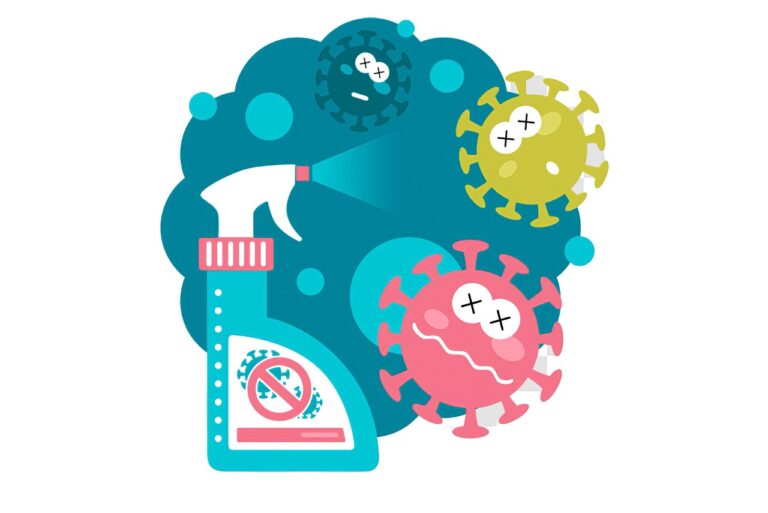Understanding and Managing Borderline Personality Disorder
Borderline Personality Disorder (BPD) is characterized by unstable emotions and relationships, as well as impulsive behaviors. Individuals with BPD often experience intense mood swings, going from feeling happy and elated to extremely sad or angry within a short period of time. They may struggle with a chronic feeling of emptiness and have difficulties with their self-image and sense of identity.
Moreover, people with BPD may engage in reckless behaviors such as excessive spending, substance abuse, or reckless driving. They often have intense and unstable relationships, characterized by idealization and devaluation of others. Due to their fear of abandonment, individuals with BPD may act out in ways that push others away, even though they desire close and meaningful connections.
Diagnosis Criteria for Borderline Personality Disorder
Borderline Personality Disorder (BPD) is characterized by a pervasive pattern of instability in interpersonal relationships, self-image, and emotions. The diagnosis of BPD typically requires the presence of five or more of the following symptoms: frantic efforts to avoid real or imagined abandonment, a pattern of unstable and intense interpersonal relationships characterized by alternating between extremes of idealization and devaluation, identity disturbance manifested by an unstable sense of self, impulsivity in areas that are self-damaging, recurrent suicidal behavior, gestures, or threats, affective instability due to a marked reactivity of mood, chronic feelings of emptiness, inappropriate, intense anger, or difficulty controlling anger, and transient, stress-related paranoid ideation or severe dissociative symptoms.
Furthermore, to meet the diagnosis criteria for BPD, these symptoms must be pervasive, inflexible, and persistent, and lead to significant impairment in social, occupational, or other important areas of functioning. It is crucial for mental health professionals to conduct a thorough assessment to accurately diagnose individuals with BPD, as the symptoms can often overlap with other mental health disorders. Early recognition of these diagnostic criteria is essential for appropriate treatment planning and interventions to help individuals with BPD manage their symptoms and improve their quality of life.
Causes of Borderline Personality Disorder
Borderline Personality Disorder often stems from a combination of genetic, environmental, and neurological factors. Genetics play a significant role in predisposing individuals to developing the disorder, as studies have shown that BPD tends to run in families. This indicates a hereditary component that may increase the likelihood of inheriting BPD traits.
Traumatic experiences during childhood, such as abuse, neglect, or unstable family environments, are also common precursors to the development of Borderline Personality Disorder. These adverse experiences can affect the individual’s emotional regulation and sense of self, contributing to the manifestation of BPD symptoms in adulthood. Additionally, abnormalities in brain structure and function, particularly in areas related to impulse control and emotional regulation, have been observed in individuals diagnosed with BPD. These neurobiological factors further complicate the understanding of the complex causes behind the disorder.
What are some common symptoms of Borderline Personality Disorder?
Some common symptoms of Borderline Personality Disorder include intense mood swings, unstable relationships, impulsivity, fear of abandonment, and chronic feelings of emptiness.
How is Borderline Personality Disorder diagnosed?
Borderline Personality Disorder is typically diagnosed by a mental health professional through a thorough evaluation of symptoms, personal history, and behavior patterns. The DSM-5 provides specific criteria for diagnosing the disorder.
What are some of the causes of Borderline Personality Disorder?
The exact causes of Borderline Personality Disorder are not fully understood, but research suggests that genetic factors, environmental factors (such as childhood trauma or abuse), and brain abnormalities may play a role in the development of the disorder.
Can Borderline Personality Disorder be cured?
Borderline Personality Disorder is a complex and chronic mental health condition, but with proper treatment and therapy, individuals can learn to manage their symptoms and improve their quality of life. While there is no cure, many people with BPD can experience significant improvements in their symptoms.







